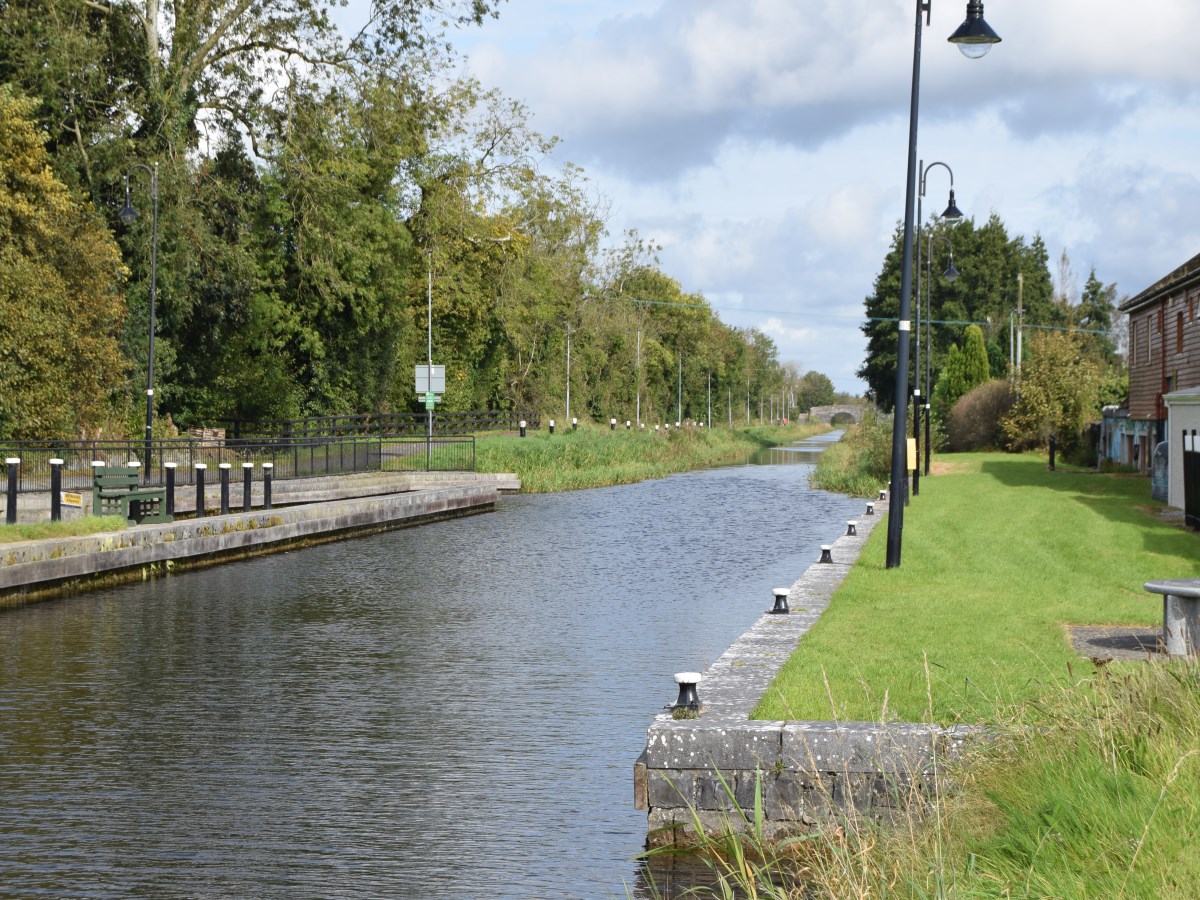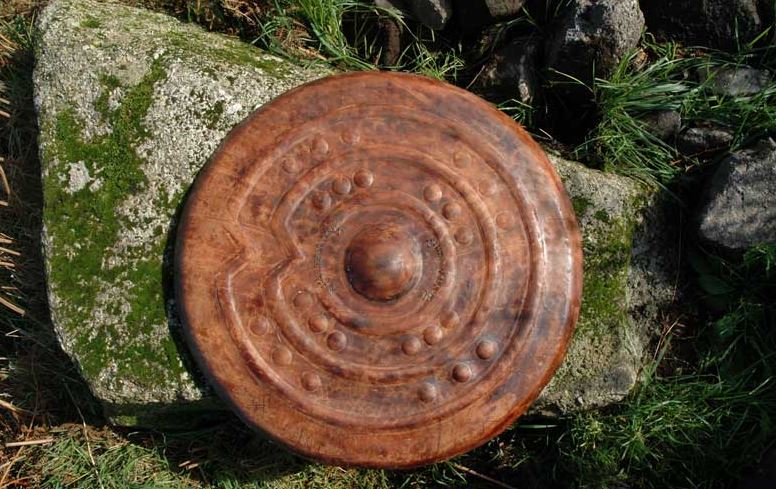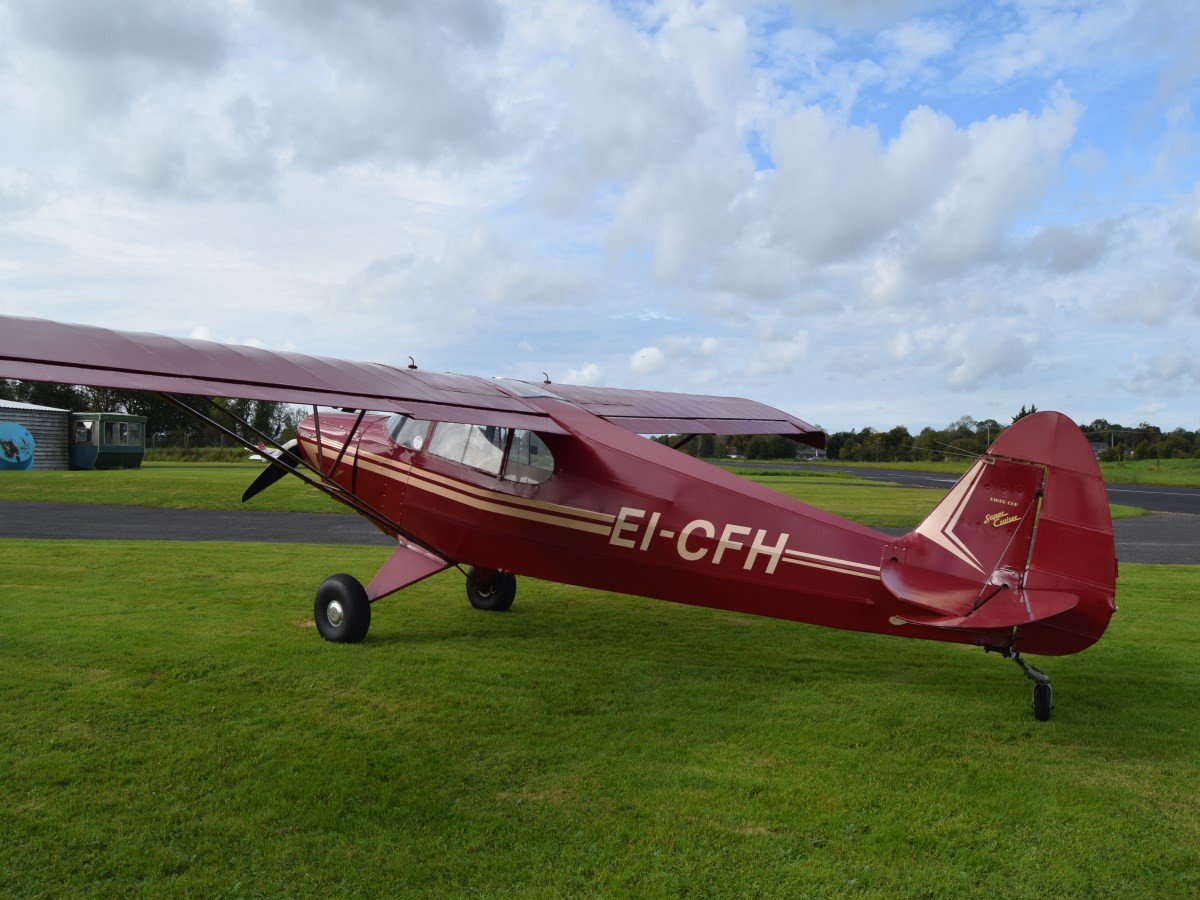Carrickedmond

Carrickedmond is situated in South County Longford along the valley of the River Inny. To the South-East is the Longford/Westmeath border with the Royal Canal running through the village of Abbeyshrule on its journey from Dublin to the Shannon.
Abbeyshrule is unique in that its the only location in the county accessible by air as it is the home of the Abbeyshrule airfield which hosted the longest running international air show in Ireland during August. The village is steeped in history from the Cistercian Abbey ruins to the famous Whitworth Aquaduct.
A Concise History of the Parish of Carrickedmond
The parish of Carrickedmond is an amalgam of the three ancient half parishes of Abbeyshrule, Tashinny and Teachshinod. The area itself is part of the old Gaelic Thuatha of shrule (a stream), which merits several mentions in the mythology of Ireland - the drowning of Eithne giving rise to the name of the Inny - a corruption of Eithne. In the middle ages the area was sub-divided into one of six baronies of County Longford being named as the Barony of Abbeyshrule. The district had great strategic properties being well defended by natural properties such as the border of the Inny River and the vast expanse of bog on the eastern border. Here ruled for centuries the O'Farrell Buighe, a powerful Gaelic autonomous sect. This powerful clan was not subdued until the later end of the sixteenth century when the area became part of county Longford being shired at that time. Relics of a great defensive line were evident with castles on the Inny, and further to the west within the Parish at Mornine and Bawn in Moydow parish. The district was to suffer extensive confiscations and plantation during the Cromwellian and Williamite wars. Tashinny became the fiefdom of the Gore Dynasty while the King Harmon Family held possession of the entire Abbeyshrule district. The O Farrell finally lost most of its possessions to the Jessop of Doory in Teachshnod.
The emergence of a more enlightened age in the eighteenth century showed a return to religeous tollerance and the formation of what is now Carrickedmond parish. The established Church of Ireland had for centuries as its principle place of worship the Church of Tashinny. Catholiccs amalgamated the three half parishes with its main Church at Killendowd or Carrickedmond on the site of the old mass house the ruins of an old church in Teachshinod stand as evidence to its past parochial status. In 1817 the Royal Canal workers erected a chapel at Abbeyshrule on a site donated by the Canal company. A modern futuristic designed church on a new site in the village replaces this criciform church in 1981. In pure historical economic terms the area was and is of great self-sufficiency. It is easy to see why the district attracted visitors and settlers both welcome and unwelcome over the centuries. Human habitation is evident from a very early era, from the number of fortified ring forts abounding in the parish. additionally and to reinforce the point over half of the townlands making up the parish have "rath" or "lois" (forts) as a prefix to their very names. Stone axes and other implements have been excavated at Ratharney and are in the diocesean museum.

In 1906 the Clonbrin Shield was discovered in that townland beside Abbeyshrule and is a prize National Museum exhibit in Dublin. The eleventh century saw a monasticism taking a foothold. Between the Cistercians at Abbeshrule and the Augustines at Abbeyderg, at opposite ends of the parish, contemplative life farmed over half the parish. The suppression of the monasteries in the sixteenth century saw the emergence of a privileged estate elite with the opposites of landlordism and the peasantry. The area was always endowed with rich natural assets such as pastureland, wooded copses and bogs on the perimeters. Additionally the Inny with its small tributaries provided fish and wildlife. The combination of bog and river had the ingredients for the flax/linen industry. Water renewable energy harnassed mills on the Inny - so eloquently painted by Bulfin in a chapter in Rambles in Eireann.
The Royal Canal came through in 1817 and snaked its way around the boundaries of the parish. This new transport mode provided an outlet to a diverse range of produce such as oatmeal and turf to the capital. Some grasped the transport as a way to take the first steps on the journey to the new world.
Things to do & see in Carrickedmond
Fishing and the River Inny
The many little rivers and the Royal Canal make for ideal fishing in any time of the year. The River Inny is a main tributary of the Shannon. It is called after the mythological Princess Eithne who drowned and was cremated downstream at the rapids at Tenelick (Tine-Leac). The rivers renewable energy in the last century drove large mill wheels in this village and the immediate vicinity. These properties were lost by the Inny drainage of the 1960’s. The fine stone bridge was constructed in 1800 replacing an earlier wooden structure that straddled a major ford at this point. Nature has restored and actually enhanced the beauty and tranquillity of the riverbanks after a period of necessary and inevitable spoliation caused by river drainage. The Inny River near Abbeyshrule is a good source of fishing. Roach and pike can be found in some of the slower glides throughout the year. In April/ May large catches of roach can be expected on the big sweeping bend south of Abbeyshrule. Upstream of the airfield the river travels through peat bog and on this stretch of the river, the main species found are roach and pike but occasionally some fine rudd and hybrids are caught. Anglers are requested to respect local club rules and return all fish carefully back into the river. The River Inny is situated approximately 3 kilometres miles southeast of the village and borders County Westmeath. A 10 kilometre section of the river is controlled by the local Legan Inny Anglers Development Association. The Association was formed to promote the unique fishing and wildlife, which exists along the picturesque river.
It holds a major stock of roach, bream and pike to specimen weights. It also holds a sizeable stock of trout and perch. Other indigenous species are eel, gudgeon, crowfish, minnow and hybrids. Footbridges are provided along the riverbank so that apart from anglers the river can be appreciated by those who are interested in wildlife such as bird life, animal life and flora. There is abundant wildlife along the Inny, which can be attributed to the fact that it is one of the cleanest rivers in Ireland. Species that can be seen include birds, swans, mallard, teel, wigeon, kingfishers, skylarks and many others. Animals include badgers, foxes, hares, otters and mink.
Flying

There is a long tradition of flying in Abbeyshrule dating back to the 1950s. The present airfield was established in 1977 and a new tarmac runway laid in the same year. Abbeyfield Airfield is a popular location for light aircraft enthusiasts in the Midlands and throughout Ireland. There are two flying clubs based at the airfield offering flying tuition, the Inny Aero Club and Aero Club 2000. The Abbeyshrule Air Show which was Irelands longest running air show was held annually at the airfield, on the second Sunday of August. The Airshow was an exciting and spectacular occasion and regularly featured aircraft from the Irish Air Corps, US Air Force and some of the best civilian acts in Ireland and the UK. The annual fly-in held in conjunction with the air show regularly attracted visitors from the UK and from Europe, in particular Germany.
The Royal Canal
The Royal Canal is now fully navigable from Dublin to Abbeyshrule. Navigation will soon be extended westwards with the lifting of the low-level culvert at Abbeyshrule. The local branch of the Royal Canal Amenity Group has restored the canal harbour at Abbeyshrule and a new boat slipway was constructed in 1996. The Canal forms an important part of the heritage of Abbeyshrule and offers great potential in the areas of boating, fishing, walking and nature study. The canal crosses the River Inny by the imposing Whitworth Aquaduct, half a kilometre north of the village. The Aquaduct was underpinned several years ago when the river drainage scheme was carried out.



